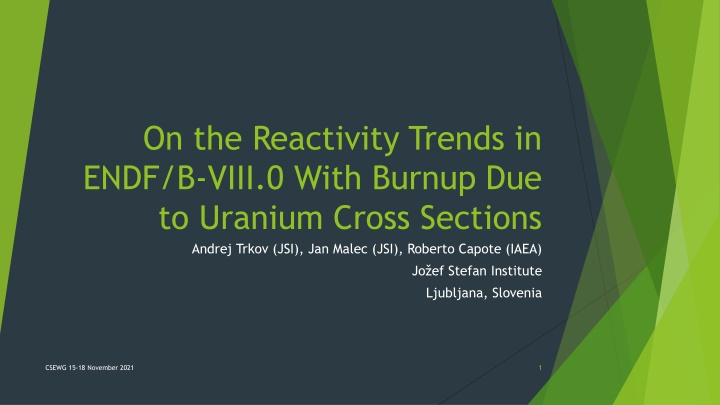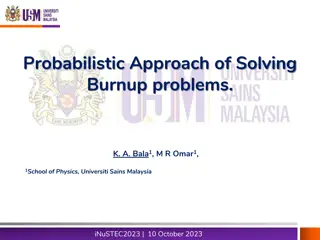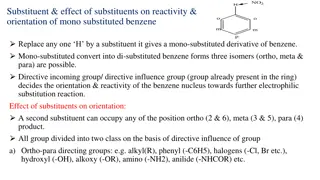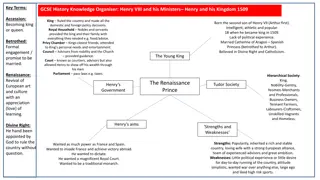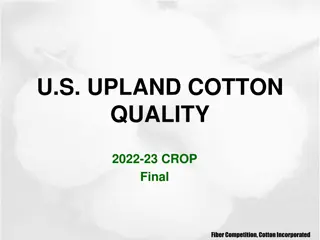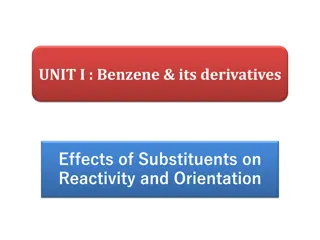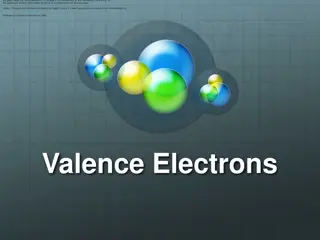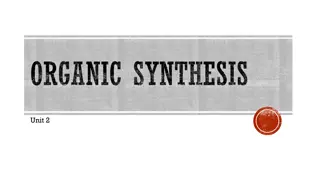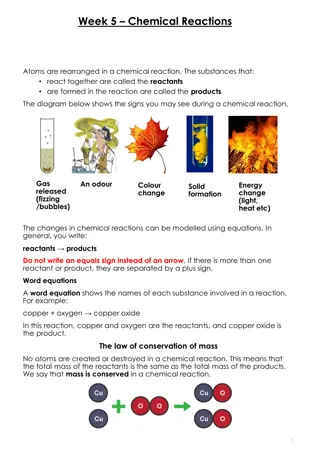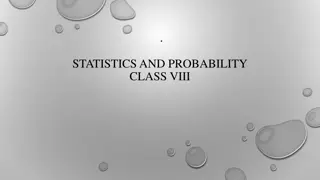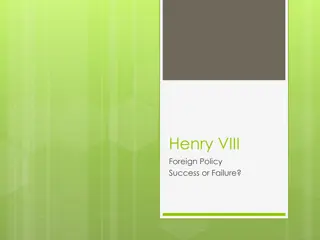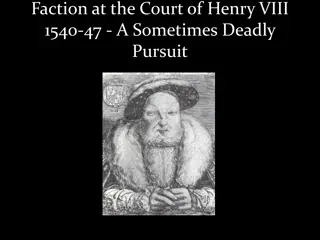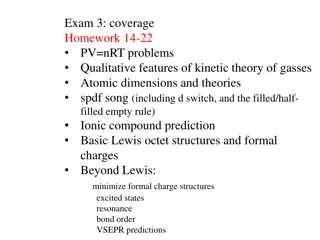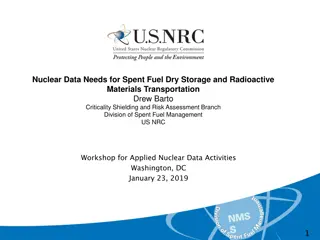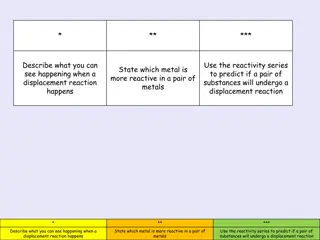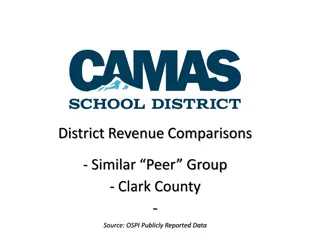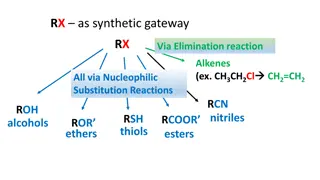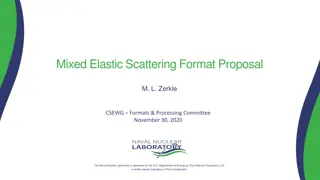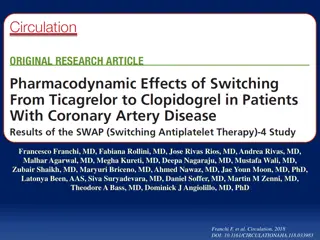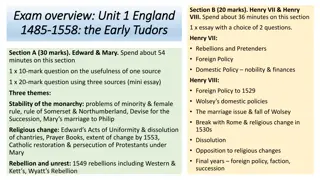Reactivity Trends in ENDF/B-VIII.0 with Burnup: Insights and Comparisons
A comprehensive overview of reactivity trends in ENDF/B-VIII.0 due to uranium cross-sections and burnup, highlighting differences from ENDF/B-VII.1. Focus areas include loss of reactivity in PWRs, discrepancies in individual nuclide substitution, and updates in U-235 evaluation. Notable changes in U-238 evaluations in ENDF/B-VIII.0, such as CIELO evaluation and adjustments in bound level widths, are discussed. The importance of the resonance range in PWR spectrum analysis and insights from recent studies are also covered.
Uploaded on Oct 02, 2024 | 0 Views
Download Presentation

Please find below an Image/Link to download the presentation.
The content on the website is provided AS IS for your information and personal use only. It may not be sold, licensed, or shared on other websites without obtaining consent from the author.If you encounter any issues during the download, it is possible that the publisher has removed the file from their server.
You are allowed to download the files provided on this website for personal or commercial use, subject to the condition that they are used lawfully. All files are the property of their respective owners.
The content on the website is provided AS IS for your information and personal use only. It may not be sold, licensed, or shared on other websites without obtaining consent from the author.
E N D
Presentation Transcript
On the Reactivity Trends in ENDF/B-VIII.0 With Burnup Due to Uranium Cross Sections Andrej Trkov (JSI), Jan Malec (JSI), Roberto Capote (IAEA) Jo ef Stefan Institute Ljubljana, Slovenia CSEWG 15-18 November 2021 1
Loss of reactivity with burnup for PWR with ENDF/B-VIII.0 library compared to ENDF/B-VII.1 Reported by Kang Seong Kim et al. at CSEWG 2019 Extensive analysis by Kang Seong Kim and William A. Wieselquist in J.Nucl.Eng. 2021,2, pinpointing the problem to U-238 Criticality prediction of U-238 was benchmarked extensively small differences overall Problems appear with burnup: FP yields library unchanged from ENDF/B-VII.1 Major FP cross section not so different Focus on Pu-239 production CSEWG 15-18 November 2021 2
Differences in reactivity when individual nuclides from ENDF/B-VIII.0 library are substituted into ENDF/B-VII.1 (K.S. Kim et al., J.Nucl.Eng. 2021,2, Fig.2) CSEWG 15-18 November 2021 3
INDEN update of U-235 evaluation (ORNL/IAEA/JSI) Detailed fission-XS shape that follows better the fluctuating data in the URR Spurious cross-reaction covariance elements between the resonance and the fast energy ranges removed to avoid negative eigenvalues. Cross-covariances between nu-bar and fission cross section removed for the same reason. RRR: additional work below 20eV to improve agreement with RPI data See INDC(NDS)-0810, IAEA INDEN-ACT III meeting capture decreased from 0.0623 up to 11eV U-235 file: nds.iaea.org/INDEN/data/u235ib46o28t6DNcnu5ef0STzt_ENDF.zip
What is different in ENDF/B-VIII.0 ? U-238 in ENDF/B-VIII.0 is a CIELO evaluation (R. Capote, A.Trkov et al., Nucl.Data Sheets 148 (2018) 254-292) Thermal reactors let us focus on the lower resonance range Slight change was made in ENDF/B-VIII.0 to the bound level widths to fit the measured transmission data of Olsen. This affected the capture below and above the first resonance by about 2 5%. Thermal value was unchanged. CSEWG 15-18 November 2021 5
Cumulative U-238 capture reaction rate integral in a PWR spectrum Thermal part of the spectrum in a PWR is suppressed due to boron in the coolant, emphasizing the importance of the epithermal energy range. Importance of the resonance range up to 200eV emphasized by D. Bernard and O. Cabellos at the INDEN IAEA TM (Nov. 2021) Cumulative reaction rate integral ratio of U-238 capture (at infinite dilution) between ENDF/B-VIII.0 (label e80 ) and e80V02 (with resolved resonance data substituted from ENDF/B-VII.1) increases up to ~200 eV, except at the 6 eV resonance. The opposite effect of the 6 eV resonance diminishes when self-shielding is taken into account CSEWG 15-18 November 2021 7
Data substitution exercise Replace resolved resonance parameters in ENDF/B-VIII.0 by ENDF/B-VII.1, keep background in (n,f) (filename u238e80V02b ) Process with NJOY into WIMS-D format Replace U-238 in the WIMS-D library with u238e80V02b Supercell calculations with WIMSD-5B Test enrichments 2.1% and 4.75% at HFP conditions CSEWG 15-18 November 2021 8
Reactivity trends due to 235U, 238U (k_inf of central cell) Full ENDF/B-VII.1 (green) e80 +U238 V02b (black) +U235 zt (red) Enrichment 2.1% Reactivity starts low at -200 pcm and increases After a few 1000 MWd/tU becomes steady at about +150 pcm Enrichment 4.75% Full ENDF/B-VII.1 (green) e80 + U238 V02b (black) +U235 zt (red) Reactivity starts low ~150 pcm and increases steadily Compared to ENDF/B-VIII.0, updated files produce reactivity trends closer to ENDF/B-VII.1 CSEWG 15-18 November 2021 9
Full ENDF/B-VII.1 (green) e80 +U238 V02b (black) +U235 zt (red) CSEWG 15-18 November 2021 10
Full ENDF/B-VII.1 (green) e80 + U238 V02b (black) +U235 zt (red) CSEWG 15-18 November 2021 11
Why WIMS-D ? Full control of the library Runs quickly We are only interested in relative differences We already have a library based on ENDF/B-VIII.0 WIMS-D calculations were benchmarked with Serpent and OpenMC on ENDF/B-VIII.0 data CSEWG 15-18 November 2021 12
Pu-239 buildup Full ENDF/B-VII.1 (green) e80 + U238 V02b (black) +U235 zt (red) Enrichment 2.1% Pu-239 continues to increase at high burnup The increase partly compensates reactivity loss Enrichment 4.75% Pu-239 reaches saturation Its steady concentration does not compensate reactivity loss Full ENDF/B-VII.1 (green) e80 + U238 V02b (black) +U235 zt (red) CSEWG 15-18 November 2021 13
Full ENDF/B-VII.1 (green) e80 + U238 V02b (black) +U235 zt (red) CSEWG 15-18 November 2021 14
Full ENDF/B-VII.1 (green) e80 + U238 V02b (black) +U235 zt (red) CSEWG 15-18 November 2021 15
Conclusions Resonance substitution in U-238 from ENDF/B-VII.1 into ENDF/B-VIII.0 indeed compensates large reactivity loss of with burnup; small contribution comes from U-235 The higher capture in the energy region 0.1 100 eV in ENDF/B-VII.1 decreases initial reactivity, but enhances Pu-239 production The Pu-239 production at 4.75% enrichment leads to saturation, while at 2.1% enrichment Pu-239 concentration continues to increase the trend of reactivity loss is stronger at higher enrichments New U-238 RRR evaluation desirable Possible solution is offered at: nds.iaea.org/INDEN (U-238 tab, v02b) CSEWG 15-18 November 2021 16
